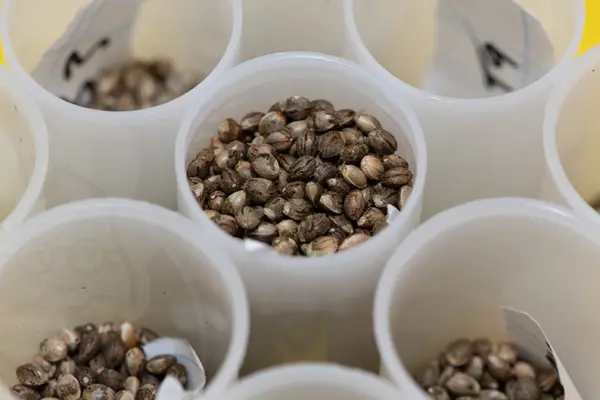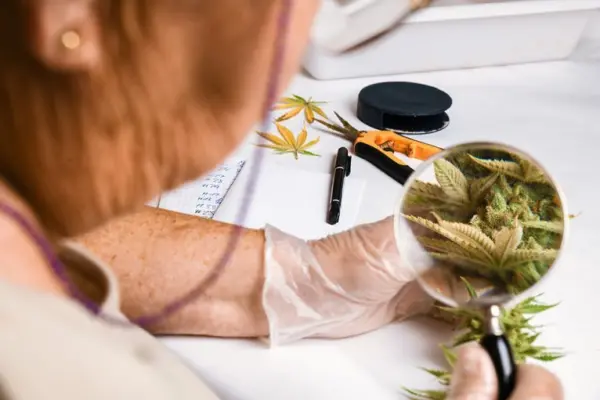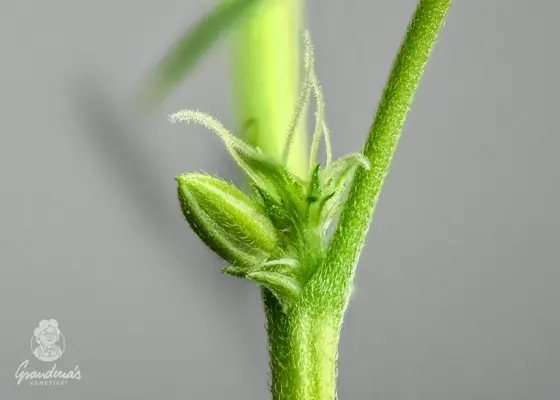Regular, feminized and automatic seeds differ in terms of their use and purpose in growing cannabis.
Automatic Seeds
Automatic or ruderalis genetics in cannabis refers to plants that self-pollinate independently of light cycles and thus flower automatically. This type of cannabis plant is shorter and bushier than regular or feminized plants, making it more suitable for growing in cooler climates or indoor systems with limited space.
Unlike regular and feminized plants that usually take several months to flower, Ruderalis plants flower in a much shorter time of just a few weeks. This makes them a preferred choice for growers who need a faster yield.
However, ruderalis plants usually produce lower THC levels compared to regular or feminized plants. Therefore, they are usually mixed or hybridized to achieve greater THC production.
Regular Seeds
Regular seeds are usually used when you intend to grow plants to produce more seeds. The seedlings from regular seeds can become both male and female.
Growers who work with regular seeds on a small area and do NOT aim for pollination often identify the male plants after about 14 days in the flowering phase and select them out. This avoids pollination and production of seeds..
See also: What does F1, S1, BX1 & IBL stand for?
Feminized Seeds
Feminized seeds, on the other hand, are used when one needs exclusively female plants, as they are the ones that produce the sought-after THC-rich resin. Feminized seeds have been modified to produce only female plants.
It is important to note that if mishandled or stressed, there is a possibility that feminized plants can mutate into male plants. Therefore, it is important to grow feminized seeds under controlled conditions and avoid stress.
See also: Hermaphrodites – origins, implications and what the future holds
In summary, regular seeds are for growers who want more control over the growing process, while feminized seeds are for growers who want to produce female plants as efficiently as possible.
As an addition: How are feminized or female-only seeds created?
STS spray is often used to manipulate the plant so that it then passes on only its X heterosome to produce feminized seed. This process interferes with hormone synthesis and hormone balance.
Indeed, the application of STS suppresses the production of ethylene, which is necessary for the expression of FEMALE sexual characteristics and reproductive organs. In the absence of ethylene, male pollen sacs develop in the place where female flowers would otherwise develop.
Since the female plant treated with STS contains only X chromosomes, the pollen from the plant treated by STS also contains only X chromosomes. Thus, the result, i.e., the seeds from the pollinated female flowers of our STS-treated plant, do not contain a mixture of Y and X chromosomes as in nature, but only X and X.
By the fact that STS tends to recombine/destroy/create new genes in increased amounts, feminization can both increase and decrease hermaphroditic pleasure. The hermy-promoting gene can be both destroyed by STS and “created” again by recombination.







